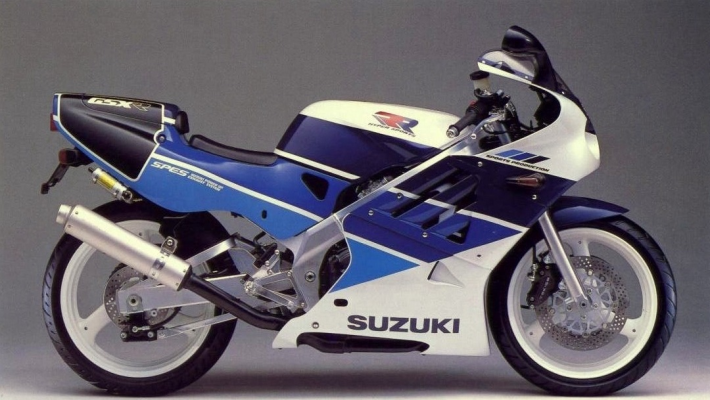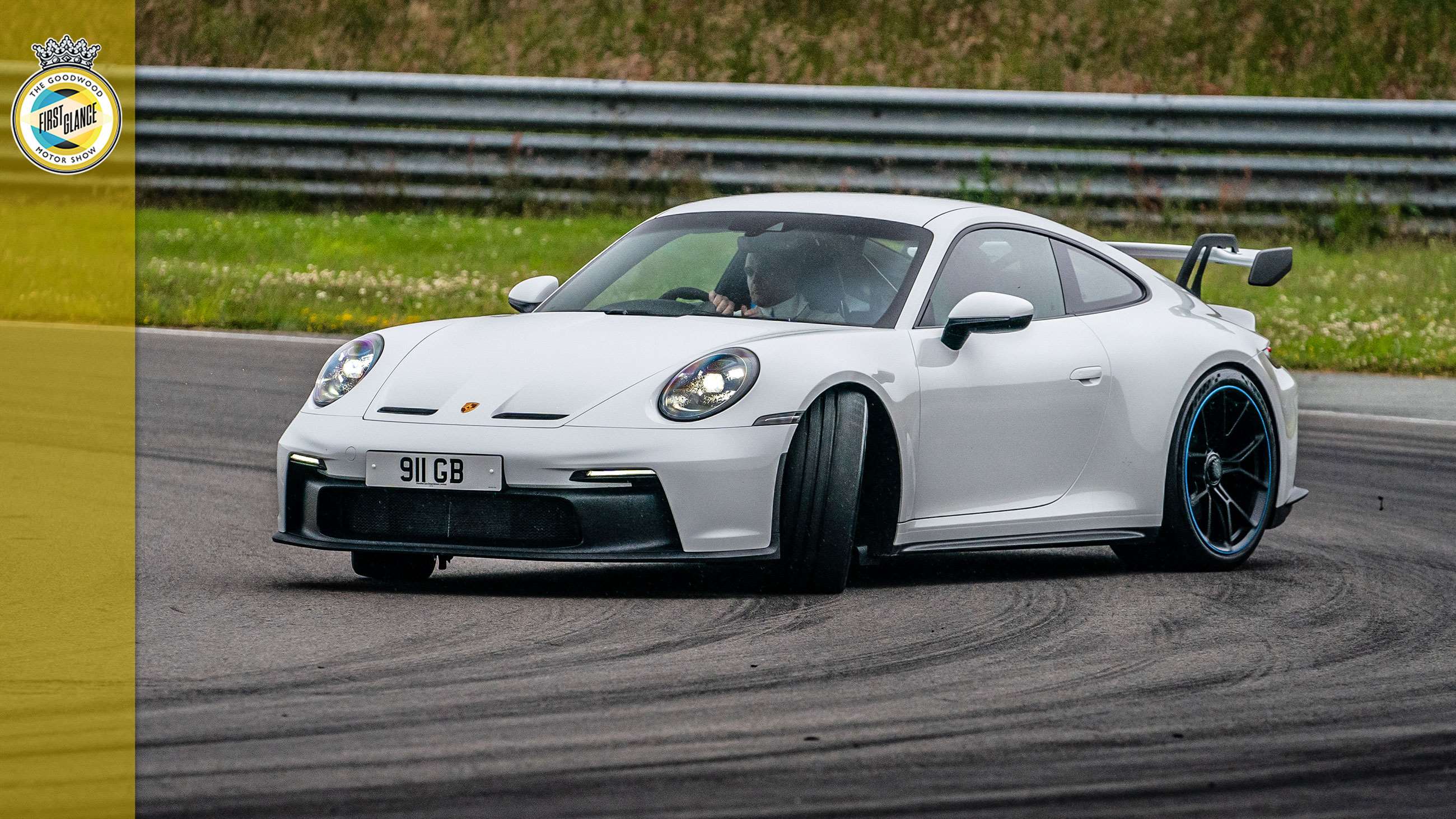ranked-largest-engine-made-every-major-car-company-0
Mercedes is close to top of the league, but surprisingly out 'cubed' by both Renault and Peugeot!
I was surprised to find fellow French manufacturer Citroen, was plumb last...there are a few surprises in the list.
Mercedes is close to top of the league, but surprisingly out 'cubed' by both Renault and Peugeot!
I was surprised to find fellow French manufacturer Citroen, was plumb last...there are a few surprises in the list.


&width=800)

